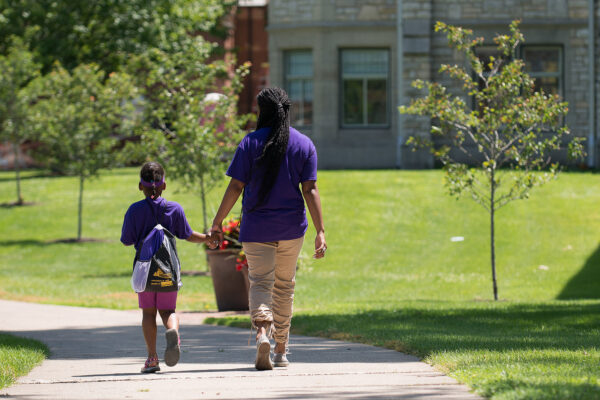Largest, Most Popular Business School Programs Worldwide See Application Growth While Smaller Programs Experience Declines
Title: GMAC’s 2017 Application Trends Survey Report
Source: Graduate Management Admission Council (GMAC)
The Graduate Management Admission Council (GMAC) conducted a new application trends survey for graduate business programs from June to mid-July 2017. The survey findings are based on a record number of responses from 351 business schools and faculties located in 45 countries representing 965 graduate management programs, including MBA, business master’s and doctoral-level programs.
The survey found that 73 percent of larger graduate business programs (201 or more class seats) report increased applications this year compared to 39 percent of the smallest programs (50 or fewer class seats). Participating programs received a combined 466,176 applications during the 2017 application cycle.
Geographically, regardless of class size, a majority of programs in Europe, Canada, East and Southeast Asia, and India report growing volumes in 2017. However, U.S. programs are suffering from shifting demand, especially with international applicants. Many of the larger, more recognized programs have seen application increases among domestic candidates, which have offset their declines in international applicants. Across all program types, just 32 percent of U.S. programs report growing international application volumes in 2017, compared to the 49 percent in 2016.
Other key findings of the survey indicate that women are increasingly represented in the graduate business school pipeline; 42 percent of the total applications received by participating programs were from women, up from 37 percent in 2013.
To download the full report, please visit GMAC’s Application Trends Survey Report 2017.
If you have any questions or comments about this blog post, please contact us.

